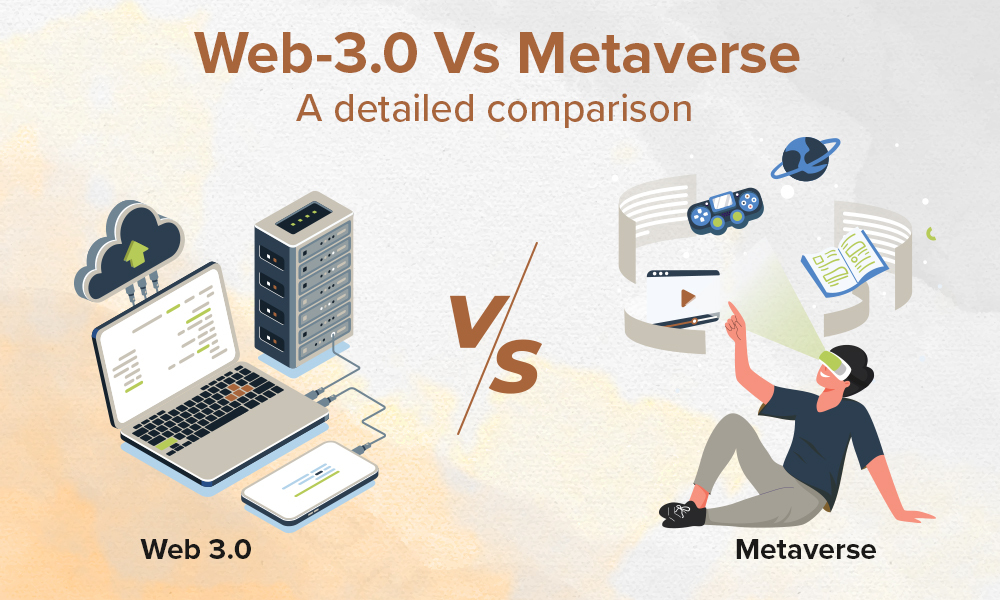When Bitcoin was introduced in the year 2008, it gave the world a new perspective towards payments, trading, and store of value. Bitcoin seeded the idea of cryptocurrencies (digital assets based on blockchain technology) that can be used to buy assets, make transactions globally, or buy a cup of coffee. However, it is still uncommon to see people paying for daily affairs with crypto. It is due to the problem of high volatility that cryptocurrencies face. High volatility means that the price of cryptocurrencies can change dramatically over a short period.

What are stablecoins?
Stablecoin is an attempt towards price-stable cryptocurrencies that can be used as a regular mode of payment without the fear of constantly changing value. To define – Stablecoins are digital currencies backed by real assets such as fiat currencies or precious metals like gold. They aim to offer the best of both cryptocurrencies and fiat money.
- High security and flexibility of cryptocurrencies
- Price stability of fiat currencies
“In June 2020, the amount of value transferred using stablecoins exceeded the amount transferred using BTC for the first time.”
Stablecoins have gained huge traction since they were introduced in the market. The trading volume of the stablecoin market has already crossed the $42 billion mark as per coingecko. They have been growing strong with all the benefits they aim to offer with added price stability. Various banks and governments are exploring stablecoins and the underlining technology, blockchain, to build a financial system that is digital, secure, transparent, and beyond boundaries.
Seems interesting? We have created a guide to stablecoins that constitute almost everything you might want to know about them. This guide can help you understand what stablecoins are, different types of stablecoins, what advantages they offer, and how the future may unfold for them.
Click here to read the complete guide on our medium publication.



.jpg)
